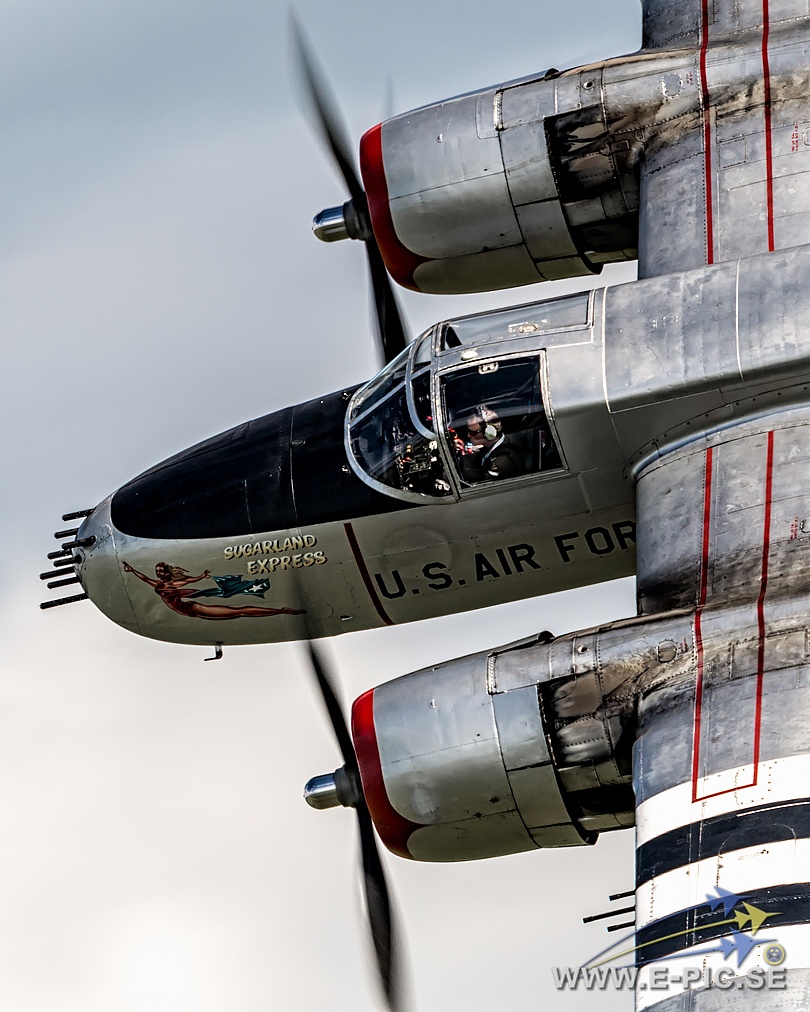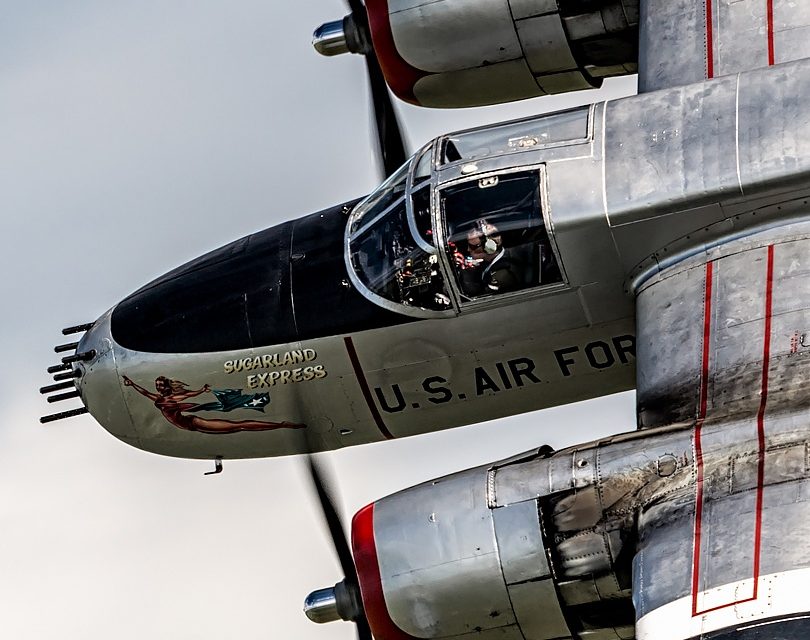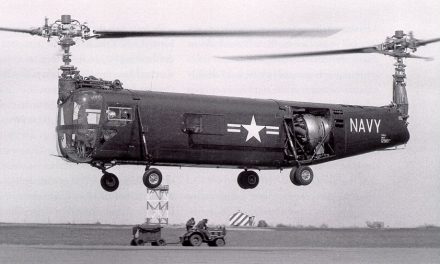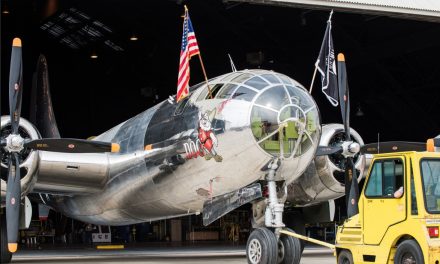
Photo by Peter Eliasson #avgeek
Originally shared by E-pic.se
Douglas A-26B Invader
Dala-Järna 2015
http://www.e-pic.se/Aircraft/Aircraft-sorted-by-type/Douglas/Douglas-A-26B-Invader/
The Douglas A-26 Invader (designated B-26 between 1948 and 1965) is a twin-engined light bomber and attack aircraft that was built by Douglas Aircraft Company during World War II which also saw service during several major Cold War conflicts.
It was found to be a fast aircraft capable of carrying twice its specified bomb load. A range of guns could be fitted to produce a formidable ground-attack aircraft.
The A-26 was originally built in two different configurations. The A-26B had a gun nose, which originally could be equipped with a combination of armament including .50 caliber machine guns, 20mm or 37mm auto cannon, or even a 75mm pack howitzer. Normally the gun nose version housed six (or later eight) .50 caliber machine guns, officially termed the “all-purpose nose”, later commonly known as the “six-gun nose” or “eight-gun nose”. The A-26C ‘s “glass” nose, officially termed the “Bombardier nose”, contained a Norden bombsight for medium altitude precision bombing. The A-26C nose section included two fixed M-2 guns, later replaced by underwing gun packs or internal guns in the wings.
After about 1,570 production aircraft, three guns were installed in each wing, coinciding with the introduction of the “eight-gun nose” for A-26Bs, giving some configurations as many as 14 .50 in (12.7 mm) machine guns in a fixed forward mount. An A-26C nose section could be exchanged for an A-26B nose section, or vice versa, in a few man-hours, thus physically (and officially) changing the designation and operational role. The “flat-topped” canopy was changed in late 1944 after about 820 production aircraft, to a clamshell style with greatly improved visibility.
Alongside the pilot in an A-26B, a crew member typically served as navigator and gun loader for the pilot-operated nose guns. In an A-26C, that crew member served as navigator and bombardier, and relocated to the nose section for the bombing phase of an operation. A small number of A-26Cs were fitted with dual flight controls, some parts of which could be disabled in flight to allow limited access to the nose section. A tractor-style “jump seat” was located behind the “navigator’s seat.” In most missions, a third crew member in the rear gunner’s compartment operated the remotely controlled dorsal and ventral gun turrets, with access to and from the cockpit possible via the bomb bay only when that was empty.
The postwar re-designation of the type from A-26 to B-26 has led to popular confusion with the Martin B-26 Marauder which first flew in November 1940, some 16 months before the Douglas design’s maiden flight.
Source: Wikipedia
http://www.e-pic.se/Aircraft/Aircraft-sorted-by-type/Douglas/Douglas-A-26B-Invader/
#Douglas #Invader #Aircraft #Aviation #E_PIC_SE





Recent Comments